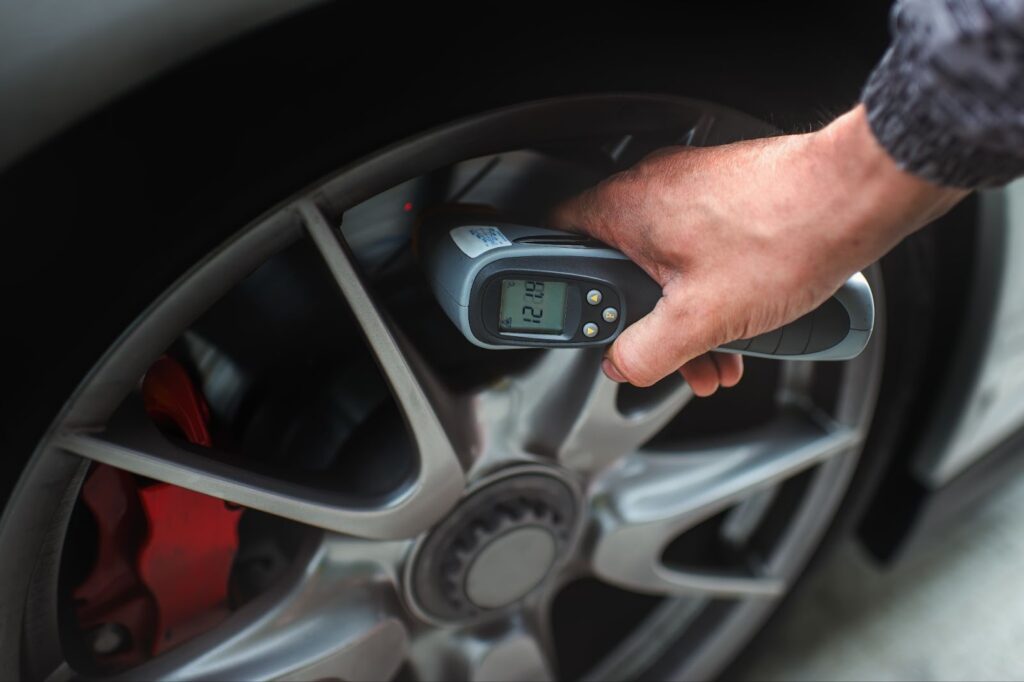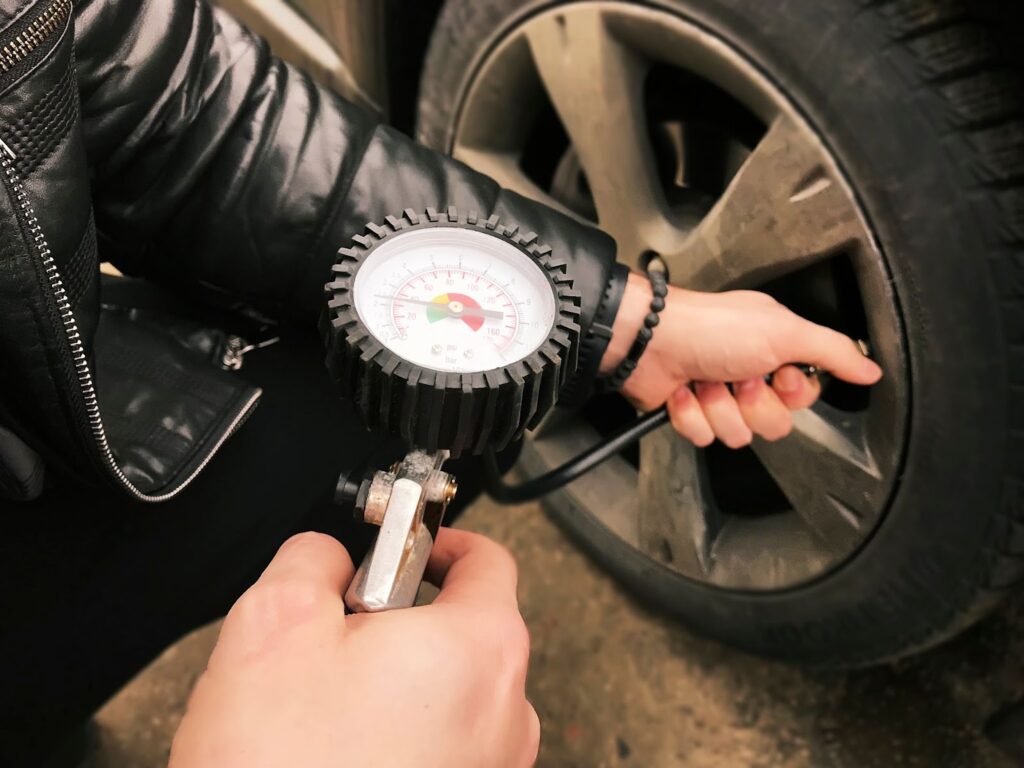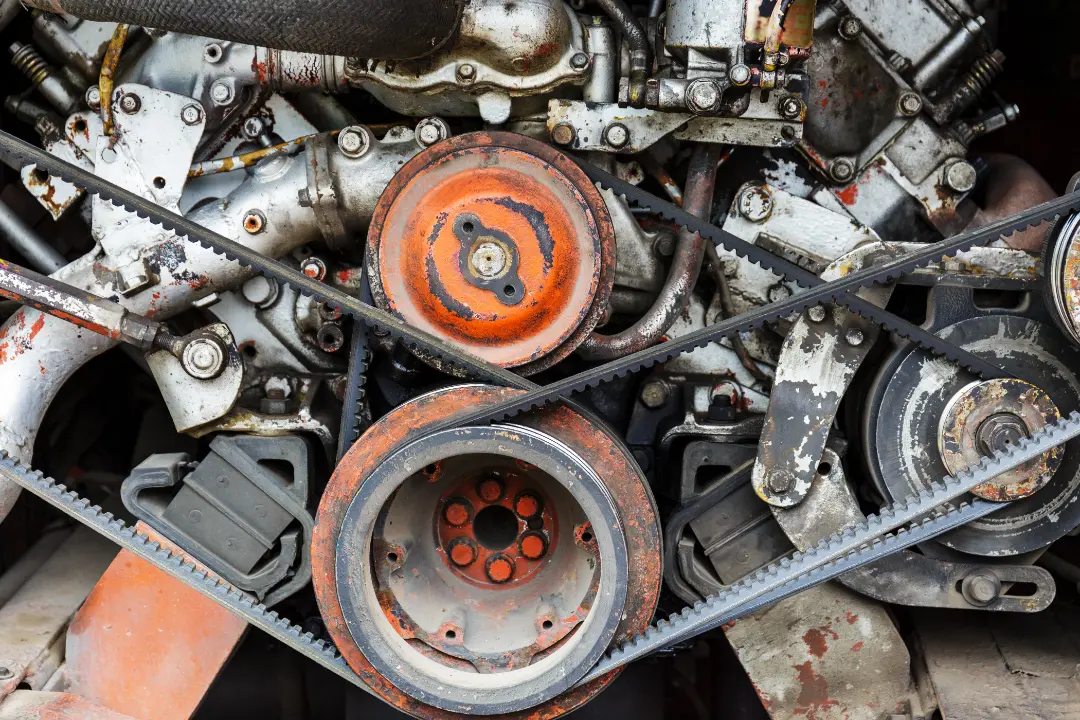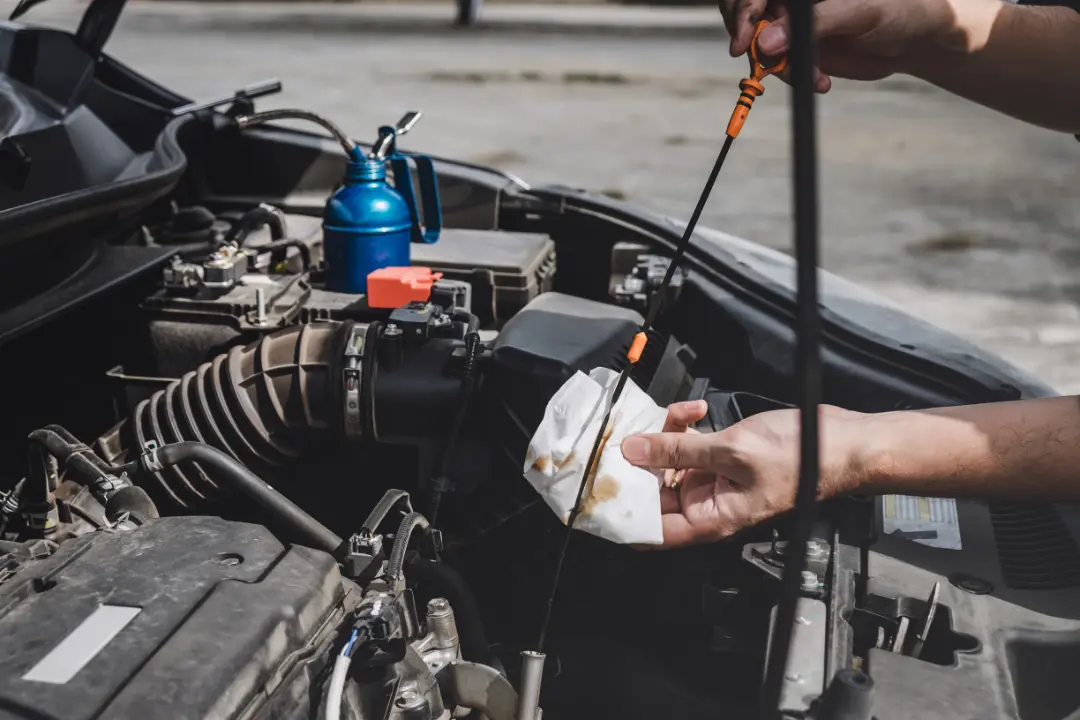Ensuring your car’s tires are inflated to the correct pressure is not just a matter of maintenance; it’s crucial for safety, fuel efficiency, and prolonging the life of your tyres. With varying recommendations and factors affecting tyre pressure, it can be challenging to maintain the optimal psi. This comprehensive guide walks you through the process of regularly checking and maintaining the correct tyre pressure for your vehicle, from understanding the importance of tyre pressure checks to diagnosing problems related to incorrect tyre pressure.
How often should you check your tyre pressure?
Understanding the importance of regular pressure checks
Regularly checking your tyre pressure is vital for multiple reasons – it ensures maximum contact with the road, improves fuel efficiency and reduces tyre wear. Incorrect tyre pressure can lead to a multitude of issues, from poor braking and handling to increased risk of tyre damage. Checking your tyre pressure allows you to adjust the air to the recommended levels, ensuring your vehicle operates safely and efficiently.
Recommended intervals for tyre pressure monitoring
Experts suggest checking your tyre pressure at least once a month and before any long journey. This frequency increases with older tyres, which may lose air more rapidly than new ones. Regular checks enable early detection of low tyre pressure, allowing for adjustments before any significant impact on vehicle performance or tyre health.
Impact of temperature changes on tyre pressure
The temperature has a direct impact on tyre pressure—for every 10 degree Fahrenheit change in temperature, tyre pressure can change by about one psi. This effect necessitates more frequent checks during seasonal transitions when temperature fluctuations are common. Understanding how temperature influences air pressure in tyres will help you maintain the correct pressure for your car tyres throughout the year.

What tools are needed to check tyre pressure?
Using a tyre pressure gauge correctly
A tyre pressure gauge is an essential tool for maintaining the correct tyre pressure. Whether you use a digital or analog gauge, the key is to check the tyre pressure when the tyres are cold for an accurate reading. Pressing the gauge firmly onto the tyre’s valve and reading the psi level will inform you if you need to inflate or deflate your tyres to reach the recommended tyre pressure.
Differences between digital and analog tyre pressure gauges
Digital gauges offer a more precise reading compared to their analog counterparts and are generally easier to read. Analog gauges, while more affordable and do not require batteries, can be challenging to interpret and less accurate. Choosing the right type of gauge depends on your preference for convenience and precision.
How can a tyre pressure monitoring system help?
Many modern vehicles are equipped with a tyre pressure monitoring system (TPMS) that alerts the driver when the pressure is too low. While TPMS is a helpful tool for maintaining tyre safety, it shouldn’t replace regular manual checks with a tyre pressure gauge, as TPMS generally warns only when the pressure is significantly low, not allowing for optimal pressure adjustments.
How to find the correct tyre pressure for your vehicle?
Locating the manufacturer’s recommended tyre pressures
To find the correct tyre pressure for your vehicle, check the car’s owner’s manual or the tyre information placard attached to the vehicle door edge, glove box, or fuel door. These sources list the recommended psi for front and rear tyres, which might differ based on load and driving conditions. Always use the manufacturer’s recommended tyre pressure as the reference point for checking and adjusting your car tyre pressure.
Using a tyre pressure calculator for accuracy
For those seeking precision or adjustments based on specific conditions such as load or temperature, a tyre pressure calculator can be an invaluable tool. By inputting your vehicle’s make, model, and other relevant information, you can obtain a precise pressure recommendation. This tool considers factors that might need to be detailed in the manufacturer’s guidelines, ensuring your tyres are always at the ideal pressure.
The role of vehicle load on recommended tyre pressure
Vehicle load significantly impacts the recommended tyre pressure. The more weight a vehicle carries, the more pressure the tyres need to support it adequately. It’s essential to adjust your tyre pressure accordingly when carrying additional passengers or heavy loads to maintain optimal tyre performance and safety.

Steps to properly inflate your car tyres
When and how often should tyres be inflated
As mentioned earlier, tyres should be checked and inflated when cold, at least once a month, and before any significant trip. Inflating tyres after driving a short distance to a nearby gas station is acceptable, provided you account for the increase in pressure due to heat. If necessary, adjust the pressure once the tyres have cooled down for a more accurate measure.
Inflating tyres at home vs. at a service station
Inflating your tyres at home with a portable air compressor can be more convenient and allows you to do it when the tyres are cold for accurate pressure adjustments. Service stations provide free tyre pressure checks and air compressors, but you might have to inflate the tyres when they’re warm, requiring a subsequent check for precise pressure levels.
Adjusting tyre pressure for driving conditions
Adjusting your tyre pressure according to driving conditions can optimize performance and safety. For instance, increasing pressure for high-speed highway driving or when carrying heavy loads can enhance tyre stability and reduce wear. However, always stay within the manufacturer’s recommended pressure range to avoid over-inflation risks.
Diagnosing problems related to incorrect tyre pressure
Signs of underinflated tyres and how to address them
Recognizing the signs of underinflated tyres, such as uneven wear, decreased fuel efficiency, and sluggish handling, is crucial. Addressing low tyre pressure promptly by inflating the tyres to the correct psi can mitigate these issues. Regular inspections for leaks or damage are also essential in preventing under-inflation.
Consequences of over-inflating your tyres
Conversely, overinflating your tyres can reduce contact with the road, increasing the risk of punctures and blowouts. Overinflation also results in uneven wear, particularly in the centre tread of the tyre, compromising the grip and safety of the vehicle. Regularly checking to ensure the pressure doesn’t exceed the recommended PSI is vital to avoiding these problems.
Preventing tyre wear through correct tyre pressure
Maintaining the correct tyre pressure is one of the most straightforward measures to prevent premature tyre wear. Adequate pressure ensures optimal contact with the road, reduces the risk of tyre damage, and can significantly extend the life of your tyres. Regular checks and adjustments according to the manufacturer’s recommendations are crucial steps in tyre maintenance and safety.
Conclusion: Optimizing Vehicle Performance and Safety through Proper Tyre Inflation
In conclusion, maintaining the correct tyre pressure for your car is not just a recommendation; it’s a necessity. From enhancing the safety of your vehicle on the road to optimizing its performance and fuel efficiency, proper tyre inflation holds paramount importance. This article delved into various aspects of tyre pressure, offering insights into how to find and maintain the recommended tyre pressure for your vehicle. With tools such as tyre pressure calculators, monitoring systems, and pressure gauges, checking and adjusting your tyre’s air pressure has never been easier. Whether it is understanding the significance of the recommended PSI, learning how to utilise a tyre pressure gauge or the benefits of regularly conducting a tyre pressure check, these measures ensure your tyres are suitably inflated, thereby avoiding the risks associated with under-inflated tyres.
The knowledge imparted here aims to empower car owners with the necessary information to easily find their car’s correct tyre pressure and uphold it, ensuring not only the longevity of the tyres themselves but also enhancing the overall safety and efficiency of the vehicle. Remember, regular checks and adjustments are key to keeping your tyres in optimal condition. So, make tyre pressure checks a part of your routine vehicle maintenance, and drive safely, knowing your car is performing at its best.


